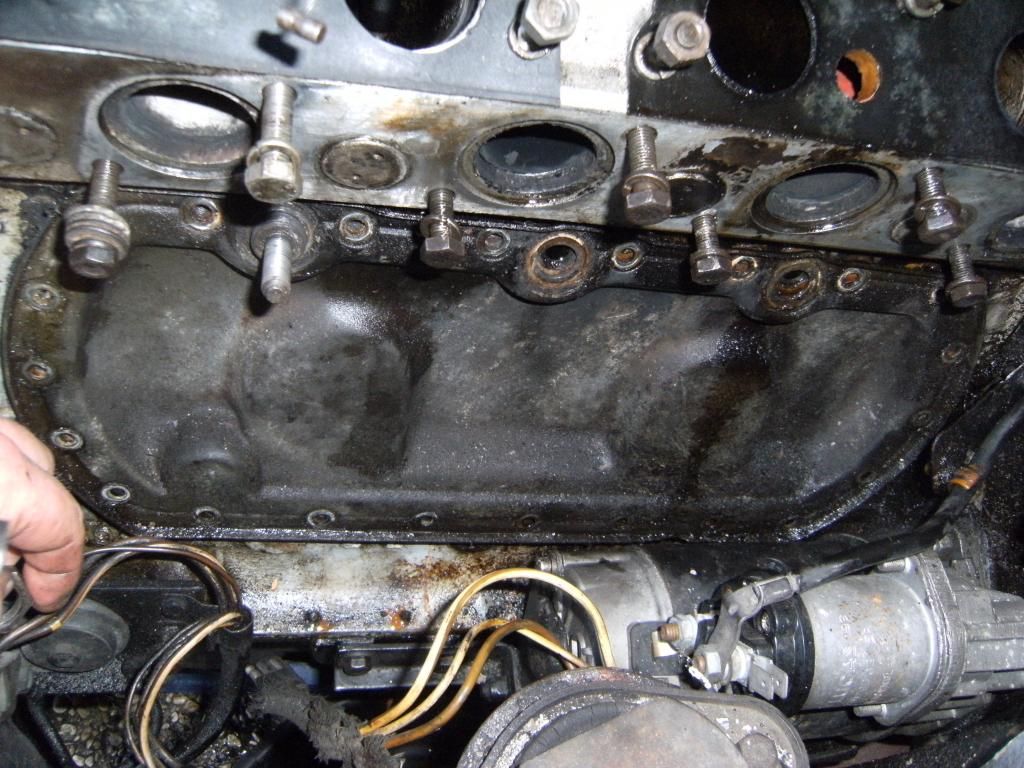Hi everyone,
It's now fours years I own my 2200 TC, I drive it very often to work and so far had no problem .
Last week in the traffic at low speed, the temperature gauge went up to the red limit. I stopped and looked for something obvious but found nothing: no leaks, no hard hoses, no white fume at the exhaust... The coolant level was good when I checked it the week before.
I drove back home with eyes on the gauge and found that when I was at iddle or low speed, if I rev the engine at say 2000 RPM, the temperature went back to the 85 mark. When driving at normal speed, no problem.
Last week end, I made a try and it was the same: the warm up is as normal but the needle don't stop at 85, it keep on rising to the red and if I rev up , it goes down.
So I checked the thermostat, the temp sender unit, I flushed the radiator, drain the engine and flushed it, everything was OK. I then decided to look at the water pump and removed it and it seems to be OK too.
There's no water in oil or oil in the water.
The only think I noticed was that I have a leak on the exhaust manifold on the Y between cylinder 2 and 3.
Can someone give me an advice please? Thank you
It's now fours years I own my 2200 TC, I drive it very often to work and so far had no problem .
Last week in the traffic at low speed, the temperature gauge went up to the red limit. I stopped and looked for something obvious but found nothing: no leaks, no hard hoses, no white fume at the exhaust... The coolant level was good when I checked it the week before.
I drove back home with eyes on the gauge and found that when I was at iddle or low speed, if I rev the engine at say 2000 RPM, the temperature went back to the 85 mark. When driving at normal speed, no problem.
Last week end, I made a try and it was the same: the warm up is as normal but the needle don't stop at 85, it keep on rising to the red and if I rev up , it goes down.
So I checked the thermostat, the temp sender unit, I flushed the radiator, drain the engine and flushed it, everything was OK. I then decided to look at the water pump and removed it and it seems to be OK too.
There's no water in oil or oil in the water.
The only think I noticed was that I have a leak on the exhaust manifold on the Y between cylinder 2 and 3.
Can someone give me an advice please? Thank you






